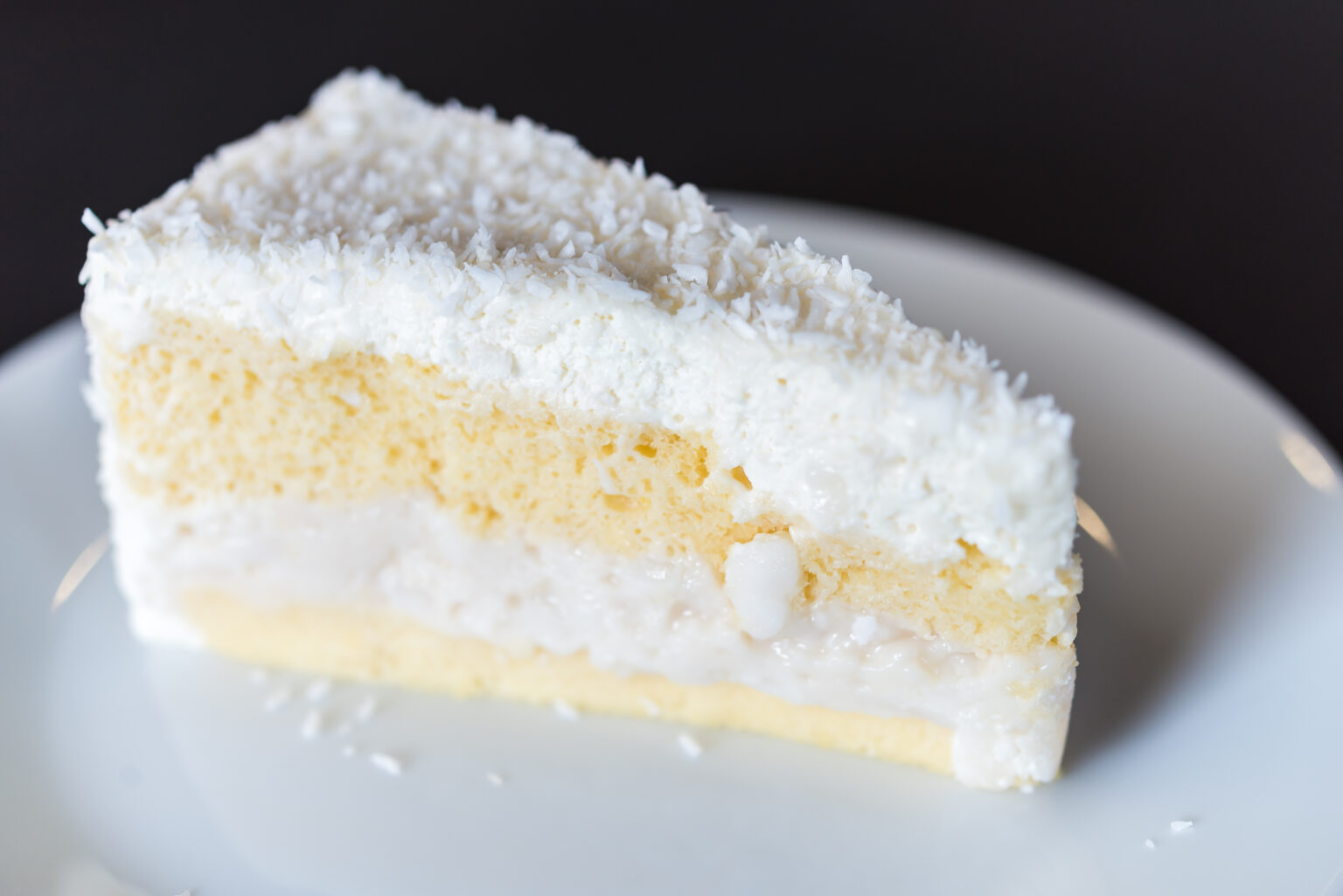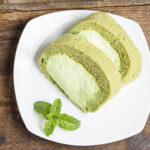Coconut cake is a tropical delight that brings a taste of paradise to any occasion. If you want to create a moist and flavorful coconut cake that will transport you to a beachside getaway, here are some helpful tips to guide you:
- Use Coconut Milk: To infuse the cake with a rich coconut flavor, use coconut milk in the batter. Substitute a portion of the regular milk in the recipe with coconut milk. This will lend a creamy texture and enhance the tropical taste of the cake.
- Coconut Extract: In addition to coconut milk, add a splash of coconut extract to intensify the coconut flavor. Be mindful not to overdo it, as a little goes a long way. Start with a small amount and adjust to your preference.
- Incorporate Shredded Coconut: Add texture and authenticity to your coconut cake by incorporating shredded coconut into the batter. You can use either sweetened or unsweetened shredded coconut, depending on your desired level of sweetness. Fold it into the batter just until evenly distributed.
- Properly Measure Dry Ingredients: Accurate measurement of dry ingredients is crucial for the success of any cake. Use a spoon to scoop flour, baking powder, and other dry ingredients into measuring cups, then level them off with a straight edge. This ensures the right balance and consistency of the cake batter.
- Cream the Butter and Sugar: Creaming the butter and sugar together until light and fluffy is an essential step in cake baking. Beat them together at medium speed until the mixture becomes pale and creamy. This creates a light and tender cake texture.
- Alternate Dry and Wet Ingredients: When adding the dry ingredients and coconut milk to the batter, do so in alternating batches. Start and finish with the dry ingredients, mixing just until combined after each addition. This technique helps prevent overmixing and ensures an even distribution of ingredients.
- Properly Grease the Cake Pans: Grease the cake pans generously with butter or cooking spray and lightly dust them with flour. This prevents the cake from sticking to the pans and ensures easy removal. Alternatively, you can line the pans with parchment paper for added convenience.
- Bake at the Right Temperature: Follow the recommended baking temperature in the recipe. Most coconut cakes bake well at around 350°F (175°C). Monitor the baking time and check for doneness by inserting a toothpick or cake tester into the center—it should come out clean or with a few moist crumbs attached.
- Coconut Frosting: To further enhance the coconut flavor, prepare a delicious coconut frosting. Beat softened butter, powdered sugar, coconut milk, and a touch of coconut extract until smooth and creamy. Adjust the consistency by adding more powdered sugar or coconut milk as needed. Spread the frosting evenly over the cooled cake layers.
- Garnish with Toasted Coconut: For an elegant finishing touch, toast some shredded coconut and use it to garnish the top and sides of the cake. Toast the coconut in a dry skillet over medium heat until it turns golden brown. This adds a delightful crunch and visual appeal to the coconut cake.
- Chill Before Serving: For the best flavor and texture, refrigerate the coconut cake for at least an hour before serving. This allows the flavors to meld together, the frosting to set, and makes the cake easier to slice.
- Enjoy the Tropical Delight: Slice the cake into portions and savor the tropical flavors of coconut in every bite. This coconut cake is perfect for special occasions or as a sweet indulgence on any day.
By following these tips, you’ll be able to create the best coconut cake that is moist, flavorful, and reminiscent of a tropical paradise. Enjoy the process of baking and delight in the taste of the coconut-infused layers
.








